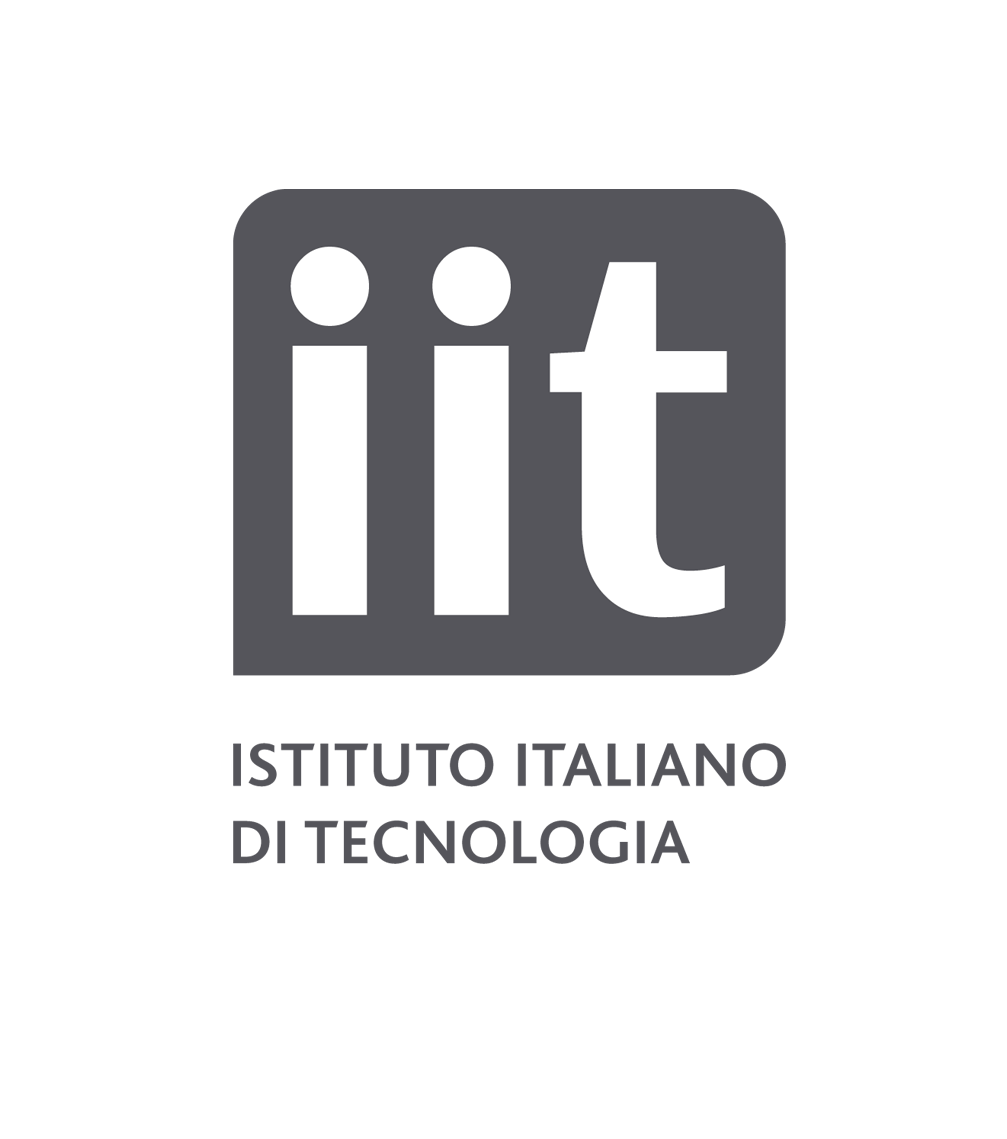I am the leader of the Optoelectronics group at the Italian Institute of Technology (IIT) in Genoa. My research activity focuses on plasmonic structures, photonic devices, and nanomaterials in optoelectronics such as lasers, LEDs and photodetectors. I received my PhD in Applied Physics from the University of Hamburg (Germany) in 2000. Then I joined the Weizmann Institute of Science as a postdoc, and became researcher at the National Research Council (Lecce, Italy) in 2003. In 2009 I joined IIT as Senior Researcher, and became group leader in 2014. I was appointed Guest Professor by the Institute of Semiconductors at the Chinese Academy of Sciences, and am member of the Counsel of Lecturers at the University of Genoa. I was Organizer of the “Colloidal Nanocrystals” symposium at the ANNIC 2018, Program Chair of the 8th International Conference on Quantum Dots, and Co-organizer of the 3rd International Conference “Nanoscience with Nanocrystals”.
Roman Krahne
Leader of the Optoelectronics Research Line at IIT
Senior Researcher Tenured - Principal InvestigatorOptoelectronics
Phone
+39 010 2896 796
Address
Via Morego 30, 16163 Genova Italy
Research center
CCT@Morego
About
Education
Title: PhD in Physics
Institute: University of Hamburg
Location: Hamburg
Country: Germany
From: 1996 To: 2000
All Publications
2025
Tatarinov D.A., Schleusener A., Krahne R.
Controlling Energy Flow in Perovskite Heterostructures Through Dimensionality and Phase Engineering
Advanced Science
Article
Journal
2025
Borreani M., Saini S.K., Schleusener A., Krahne R.
Direct Growth of Rectangular 2D Layered Metal-Halide Perovskite Microcrystal Photonic Cavities on Functional Substrates
Advanced Optical Materials
2025
Tapani T., Caligiuri V., Zou Y., Griesi A., Ivanov Y.P., Cuscuna M., Balestra G., Lin H., Sapunova A., Franceschini P., Tognazzi A., De Angelis C., Divitini G., Carzino R., Kwon H., Fischer P., Krahne R., Maccaferri N., Garoli D.
Disordered plasmonic system with dense copper nano-island morphology
Nanophotonics
Article
Journal
2025
Ma Q., Chinappi M., Douaki A., Zou Y., Jin H., Descrovi E., Krahne R., Proietti Zaccaria R., Marotta R., Wang W., Cojoc D., Kolataj K., Acuna G., Jin S., Garoli D.
Dynamics of ultrafine silver implanted DNA nanowire formation
Nanoscale
Article
Journal
2025
Faraji M., Putatunda A., Schleusener A., Artyukhin S., Krahne R.
Group IV binary carbides with double layer honeycomb lattice structure
Journal of Applied Physics, vol. 138, (no. 8)
Article
Journal
